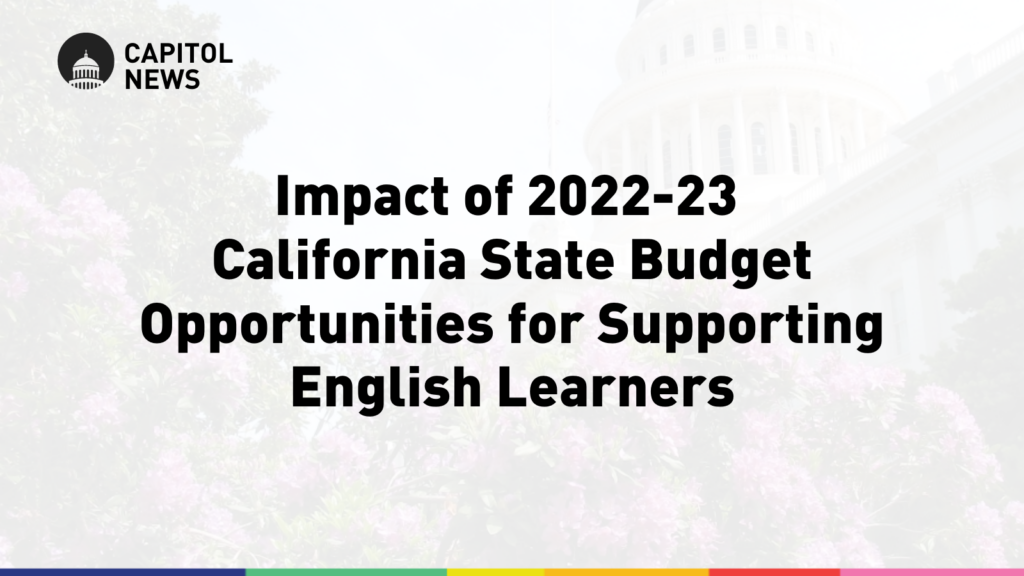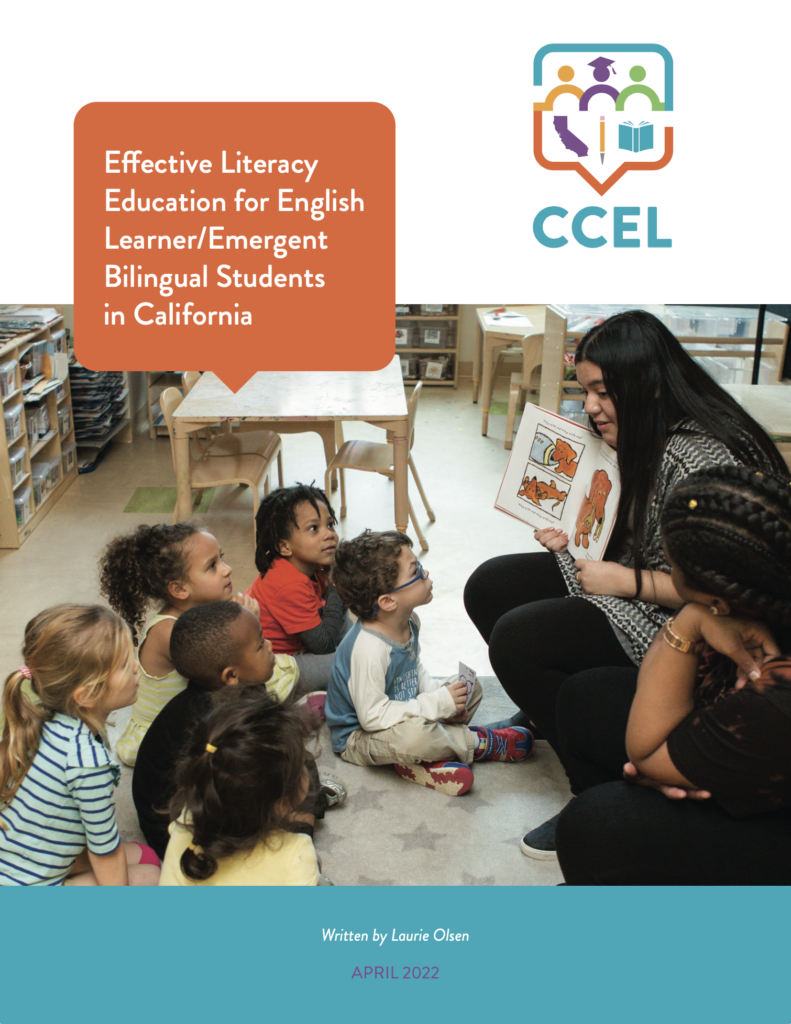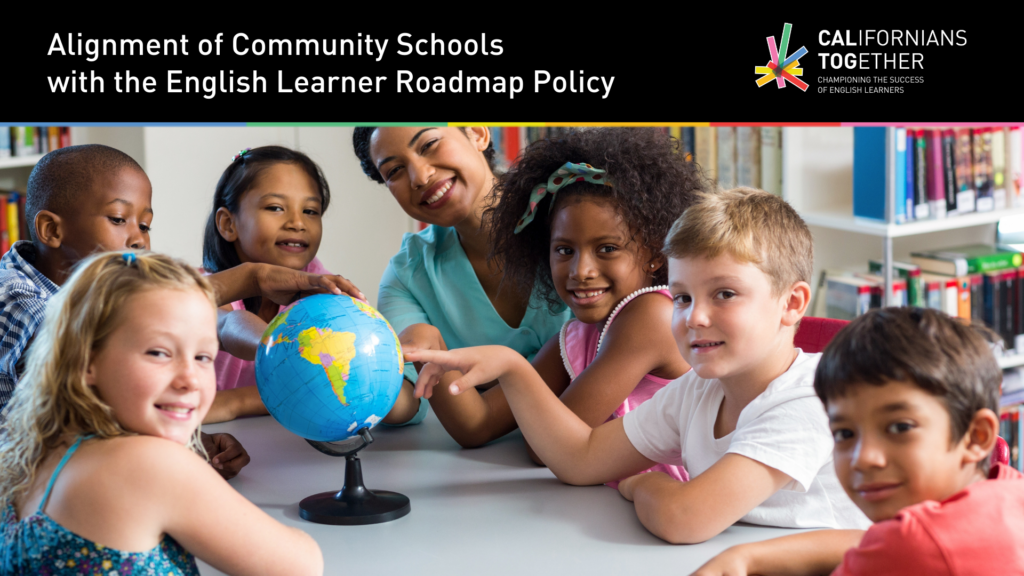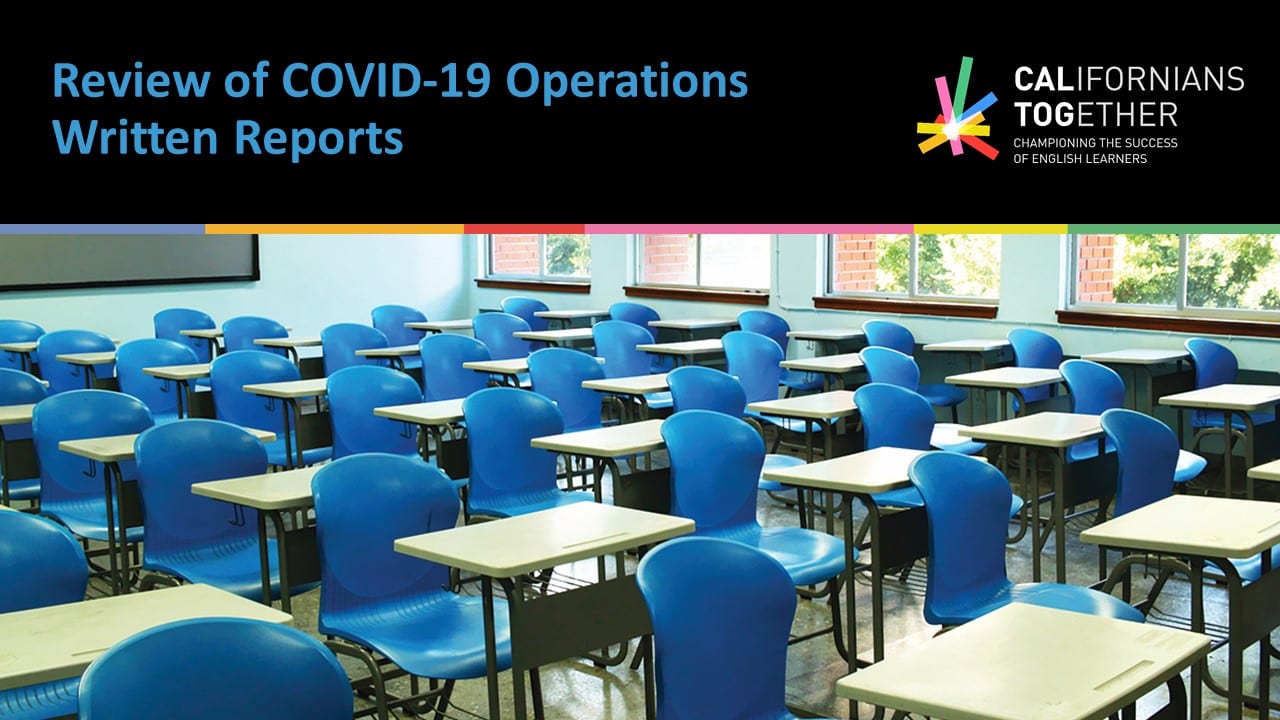On June 30, Governor Newsom signed a $308 billion State Budget for 2022-23. The approved spending plan presents yet another historic investment in public education, totaling $128.6 billion for K-12 education. This includes a 13 percent increase to the base funding for the Local Control Funding Formula (LCFF) over the 2021-22 levels.
As a coalition focused on improving educational outcomes for English learners, and immigrant and refugee students, we celebrate these historic investments at the same time that we continue to advocate for ensuring that new programs prioritize the needs of our highest need students and those who have been the most impacted by the pandemic, including English learners. The following reflects the approved budget and the budget trailer bill (AB 180) that is currently being negotiated.
Summary of Legislative Priorities
We appreciate the recognition by the Governor and Legislature that we face a teacher shortage and must continue to invest in the training, recruitment, and retention of teachers. In particular, we will continue to shed light on the need for bilingual teachers. With this goal in mind, we reflect on our legislative priorities, co-sponsored by our partners at the California Association for Bilingual Education (CABE):
- Made it in the Budget: We applaud the inclusion of a $20 million one-time Proposition 98 General Fund to continue the work of the Educator Workforce Investment Grant (EWIG) program in areas of Special Education and in the implementation of the EL Roadmap. It is our hope that these investments will fund non-profits, county offices of education, or county consortia to continue and expand the collaboration across the state of the current grantees.
- Missed Opportunities: We are disappointed that the following items were not included:
- $15 million to bring back the Bilingual Teacher Professional Development Program (BTPDP) which was highly successful and had a “grow your own” approach to assist teachers in the bilingual education space.
- $25 million in the California State University budget to increase student enrollment in bilingual authorization programs through the recruitment and retention of full-time faculty through their Colleges of Education. However, we are pleased to see a $5 million one-time investment for the Asian Language Bilingual Teacher Education Program Consortium to increase the number of credentialed teachers with Asian bilingual authorization.
Lastly, as AB 1868 (Rivas) moves through the Legislature, we hope that it will pass with a $1 million ongoing appropriation to disaggregate data in order to strengthen California’s guidance and resources to ensure Long Term English Learners (LTELs) students are correctly identified and provided with targeted interventions that best meet their needs.
Educator Investments that Can Help Support the Bilingual Teacher Pipeline
While not all of our legislative priorities were achieved through the Budget, we still see significant opportunities to expand the bilingual teacher pipeline through the broader educator workforce investments listed below. We will continue to advocate for these investments to prioritize bilingual teachers that can best meet the needs of English learners and students in multilingual programs.
- Career Pathway Programs ($500 million). This one-time investment over seven years will support the development of secondary school pathway programs focused on technology, health care, education (including early education), and climate-related fields. These programs will bring together school systems, higher education institutions, employers, and other relevant community stakeholders to align needs to preparation. We encourage districts to create bilingual teacher pathways that can recruit bilingual staff and students on the path toward the State Seal of Biliteracy to obtain a teaching credential with bilingual authorization after graduation.
- Teacher Residency Expansion ($250 million). This investment will increase the pipeline of teachers and school counselors. The Budget also enables school counselors, social workers, and psychologist candidates to be eligible for the Golden State Teacher Grant Program, which provides incentives to individuals to consider earning a credential and serving at a priority school in California for four years, within eight years after completing a preparation program. Currently, there are some but few bilingual teacher residencies and with this new funding, we hope they will expand.
- Support for Science, Technology, Engineering, and Mathematics (STEM) Instruction ($85 million). This one-time Proposition 98 General Fund will create Pre-K-12 educator resources and professional learning opportunities to implement the Next Generation Science Standards, the California Math Framework, the California Computer Science Standards, and the math and science domains of the California Preschool Learning Foundations. It is our goal for these funds to support integrated ELD professional learning and the implementation of strategies to help ELs access the curriculum.
- Waiving Teacher Examination Fees ($24 million). This one-time investment in 2022-23 and 2023-24 will allow candidates to waive certain teacher examination fees.
- Integrated Teacher Preparation Program ($20 million). This one-time investment will support a competitive grant program that provides grants to public and private institutions to develop and implement integrated teacher preparation programs allowing teacher candidates to receive their credentials simultaneously while completing their Bachelor of Arts degree. It is hoped that bilingual authorization will be included in this integrated model.
Significant Investments that Can Be Leveraged to Improve EL Outcomes
In addition to the education and LCFF increase, there are several new and continued investments that can greatly expand educational access for English learners. It is our hope that as LEAs expand programs with these investments they prioritize the needs of students that have been the most negatively impacted by the pandemic, including ELs.
- Learning Recovery Emergency Block Grant ($7.9 billion). This grant will support LEAs in establishing learning recovery initiatives through the 2027–28 school year, with investments in instructional learning time, closing learning gaps, student support, instruction, and academic services. As these grants are allocated, we support efforts to increase accountability to ensure that they are improving services for the highest need students such as enhancing both designated and integrated ELD and biliteracy.
- Arts, Music, and Instructional Materials Block Grant ($3.6 billion). This grant will allow LEAs to expand arts and music programs, deliver standards-aligned professional development, acquire quality instructional materials, develop diverse book collections, and cover operational costs and expenses related to the COVID-19 Pandemic. We hope that LEAs will utilize these resources to secure quality instructional materials for ELs and expand both school and classroom libraries with multilingual books and instructional materials.
- Expanded Learning Opportunities Program ($3 billion). This investment, on top of the $1 billion allocated through the 2021 Budget Act as part of a multi-year investment plan, increases total ongoing program funding to $4 billion. This additional investment will accelerate the implementation timeline, and beginning in 2023-24, LEAs will be required to offer expanded learning opportunities to all low-income students, English language learners, and youth in foster care. Moreover, LEAs with the highest concentrations of these students will be required to offer expanded learning opportunities to all elementary students.
- Community Schools ($1.1 billion). In addition to the $3 billion included in the 2021 Budget Act, this additional investment will assure that eligible LEAs interested in applying on behalf of its high-needs schools have access to the community schools grants. These new monies are necessary given the large demand for community school grants received by the California Department of Education earlier in 2022, with over $700 million in total application requests far exceeding the $400 million grant round.
- Early Literacy ($250 million). This one-time funding, available over five years, will provide grants to high-needs schools to train and hire literacy coaches and reading specialists. The Budget also includes statutory language that clarifies that Expanded Learning Opportunities Program funds may be used to hire literacy tutors that would assist students as part of the program’s enrichment activities. It is our hope that these funds will support bilingual literacy coaches so that this investment continues to support the expansion of pathways to biliteracy.
- Dual Enrollment Access ($200 million). This one-time funding, available over five years, will strengthen and expand student access and participation in dual enrollment opportunities, which allows high school students to take classes that count towards high school graduation and earning college credit. This can be an opportunity to expand access for ELs, including high school newcomers and LTELs.
- Community Engagement Initiative ($100 million). This additional one-time funding will allow the initiative to expand its reach to hundreds of additional LEAs. The goals of this initiative are to build positive relationships between schools and their communities through authentic family engagement, which will align with work to build community schools. Strategies within this initiative should include engaging in the home languages spoken by family members.
Expansion of Early Childhood Education
We also continue to applaud the continued investments in the State Preschool Program and Transitional Kindergarten. We see tremendous opportunity for these investments to provide greater access to culturally and linguistically relevant instruction for the 60 percent of children birth to five, who come from a household where another language other than English is spoken.
- Expansion of State Preschool Programs ($485 million). This will support programs in serving students with disabilities, dual language learners, and childhood mental health. This also includes new requirements for State Preschool providers to incrementally ramp up to serving at least 10 percent of students with disabilities by July 1, 2024, and provide additional supportive services for dual language learners. This additional funding also increases access to more families by raising eligibility from 85 percent of state median income to 100 percent of state median income.
- Transitional Kindergarten ($614 million). This ongoing Prop 98 funding will begin in the 2022-23 school year, supporting the first year of expanded eligibility for transitional kindergarten, shifting from all children turning five years old between September 2 and December 2 to all children turning five years old between September 2 and February 2. Additionally, the Budget provides $383 million Proposition 98 General Fund to add one additional certificated or classified staff person to every transitional kindergarten class, reducing student-to-adult ratios to more closely align with the State Preschool Program. The Budget also increases the pipeline of qualified transitional kindergarten teachers by allowing the Commission on Teacher Credentialing to issue a one-year emergency specialist teaching permit in early childhood education that authorizes the permit holder to teach transitional kindergarten provided that they hold a bachelor’s degree or higher and meet other requirements. This is an opportunity to initiate multilingual programs beginning in TK.
We will continue to work with the administration and Legislature to advocate for English learners and the expansion of pathways to biliteracy within our budget priorities. It is our goal to ensure that the inclusion and success of the State’s English learners be inserted in several program initiatives and be prioritized.
For more information about the 2022-23 California Budget and the Budget Trailer Bill click here.
To download the Impact of 2022-23 California State Budget Opportunities for Supporting English Learners as a pdf click here.


 Community Schools presents an opportunity to rethink partnerships and the role that schools have in meeting the needs of students and families. Strongly aligned to this vision of schools is the English Learner Roadmap (EL Roadmap) policy goals to improve services for English learners (ELs) and ensure an assets-based focus of students and families. Therefore, it is critical for the establishment of an effective Community School for it to be implemented alongside the EL Roadmap, not as an additional program, but as a central component.
Community Schools presents an opportunity to rethink partnerships and the role that schools have in meeting the needs of students and families. Strongly aligned to this vision of schools is the English Learner Roadmap (EL Roadmap) policy goals to improve services for English learners (ELs) and ensure an assets-based focus of students and families. Therefore, it is critical for the establishment of an effective Community School for it to be implemented alongside the EL Roadmap, not as an additional program, but as a central component.